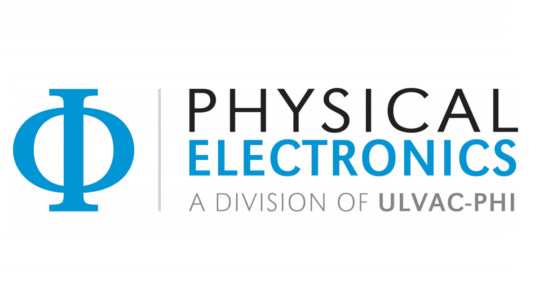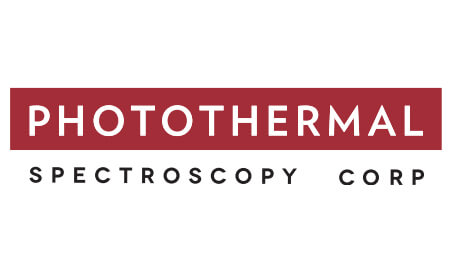COMPLEMENTARY SOLUTIONS FOR SURFACE ANALYSIS
ST Instruments carries a complementary range of products, covering every aspect of surface analysis. This allows us to offer our customers a single purpose solution or an integrated solution for a multidisciplinary approach. We provide our techniques and services in the Benelux and Nordic countries. Our extensive product range combined with our excellent level of service makes us your trusted partner for surface analysis technology.

























